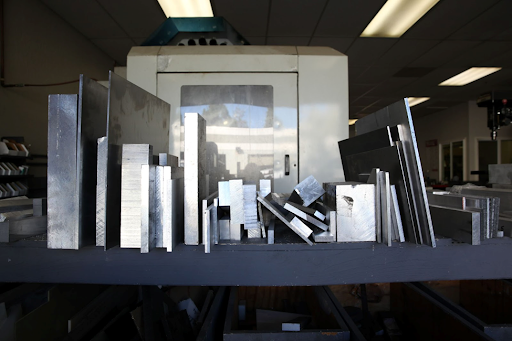About the material
Titanium Grade 5 is the strongest titanium alloy with good corrosion resistance and the ability to be welded. Titanium may be selected over other materials such as steel due to its ability to withstand high and subzero temperatures. Common use cases include aerospace fasteners, turbine blades, engine components, sports equipment and marine applications.


